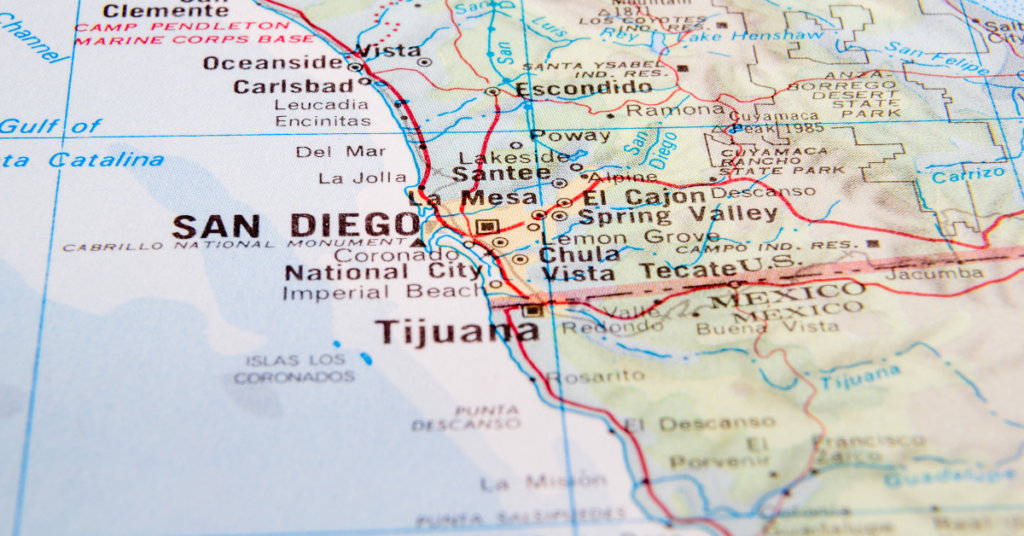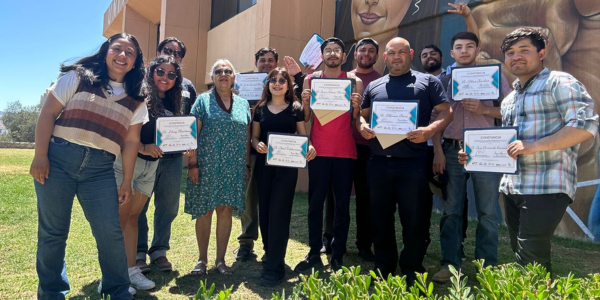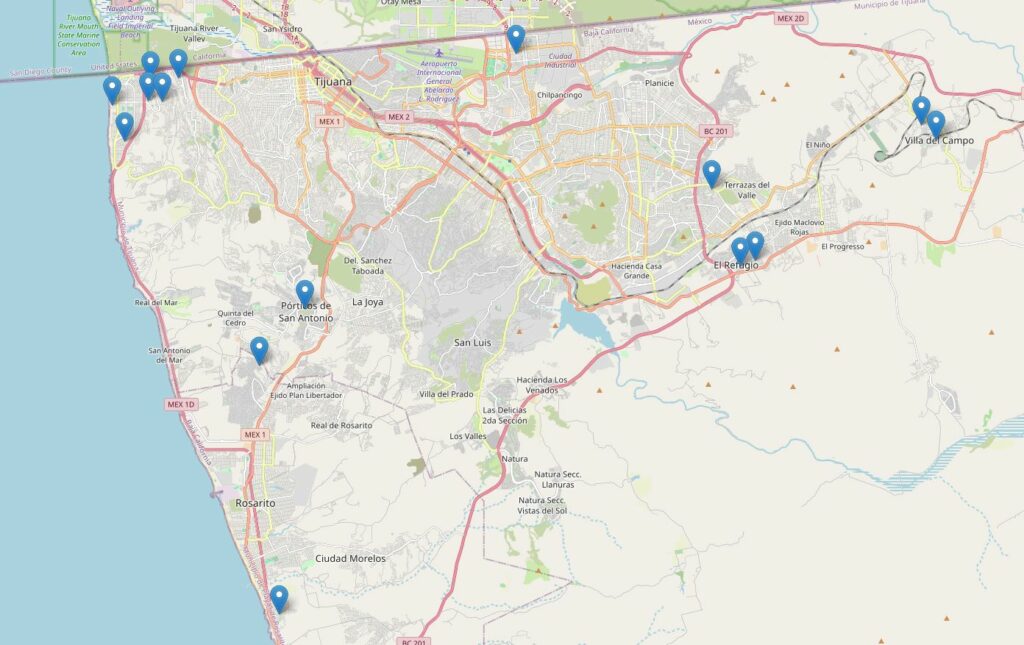Students Find Dangerous Levels of CO2 and Toxic Air Pollution in Tijuana & Rosarito

Most San Diegans have ventured south of our border to Tijuana and Rosarito to visit family, enjoy authentic Mexican food, receive affordable healthcare, or simply dip our toes in the Pacific Ocean. Many Tijuana residents cross the border daily to work in San Diego. Have you ever wondered what our southern neighbors, and often co-workers are breathing, or what we are breathing when we visit? 15 students from Tijuana decided to find out.

Using data from air monitors, the students found dangerous levels of CO2, particulate matter, and Volatile Organic Compounds (VOC) in coastal and central Tijuana, as well as Rosarito. These air pollutants contribute to climate change and are harmful to human health, especially to vulnerable populations like people who already have long-term health issues, elders, and children.

The majority of participants were university students from the Universidad Tecnológica de Tijuana. They were joined by several students from the youth group Colectivo Salud y Justicia Ambiental. Led by EHC’s Border Environmental Justice Campaign Director, Anibal Méndez, the students set up air monitors in three locations in Rosarito, six Tijuana beaches, and five locations in eastern Tijuana. The air monitors were set up to measure CO2, PM1, PM2.5, PM10 and VOC.
The air quality index states that a safe CO2 level is less than 1000 ppm. However, CO2 levels in Rosarito have reached an alarming 4549 ppm, in Playas de Tijuana 3596 ppm, and in Zona Este de Tijuana 3002 ppm. These elevated levels can cause serious health issues, including difficulty breathing, eye and nasal irritation, headaches, dizziness, and concentration problems. Below are some more of the student’s most significant findings.
- In the coastal area, two monitors in Rosarito recorded between 12% and 15% of CO2 measurements exceeding 1000 ppm over the course of a month, concerning levels for outdoor areas.
- In the East, a monitor near the Technological University of Tijuana (UTT) revealed that 20% of the CO2 measurements taken every ten minutes over a month exceeded safe levels.
- Concerning air quality, measured by particulate matter (PM) and Volatile Organic compounds (VOC) levels, 17% of the readings in the coastal zone and 26% in the eastern zone were classified as polluted or very polluted.
“All of this is worrisome and highlights the urgent need for more studies to help find the sources of this pollution so we can create solutions that improve people’s health and quality of life,” said Méndez.
There might be a border between Tijuana and San Diego, but that doesn’t keep air pollution from crossing it. Just like San Diego and Tijuana communities are connected and intertwined so it the quality of the air we breathe.
This program was made possible thanks to grant support from the San Diego Foundation.

